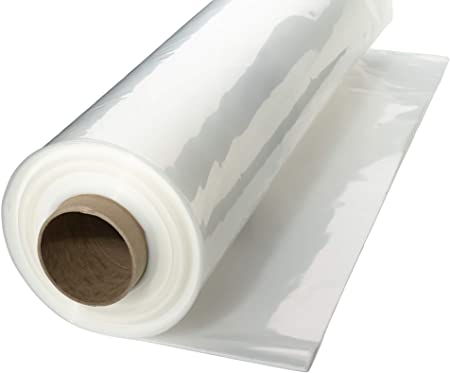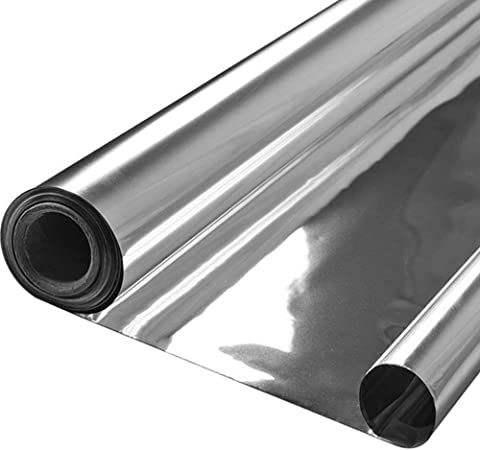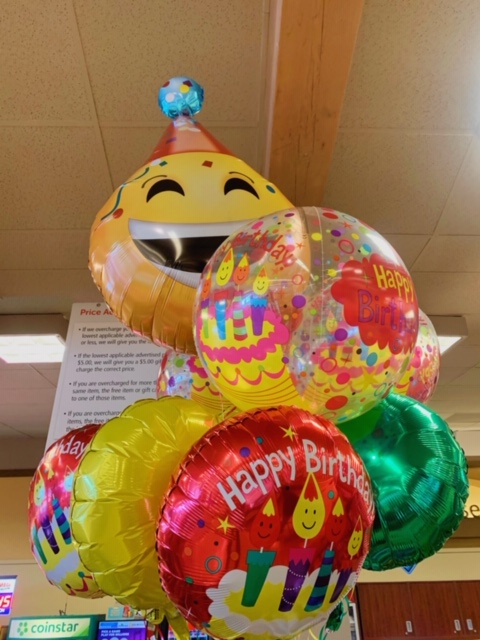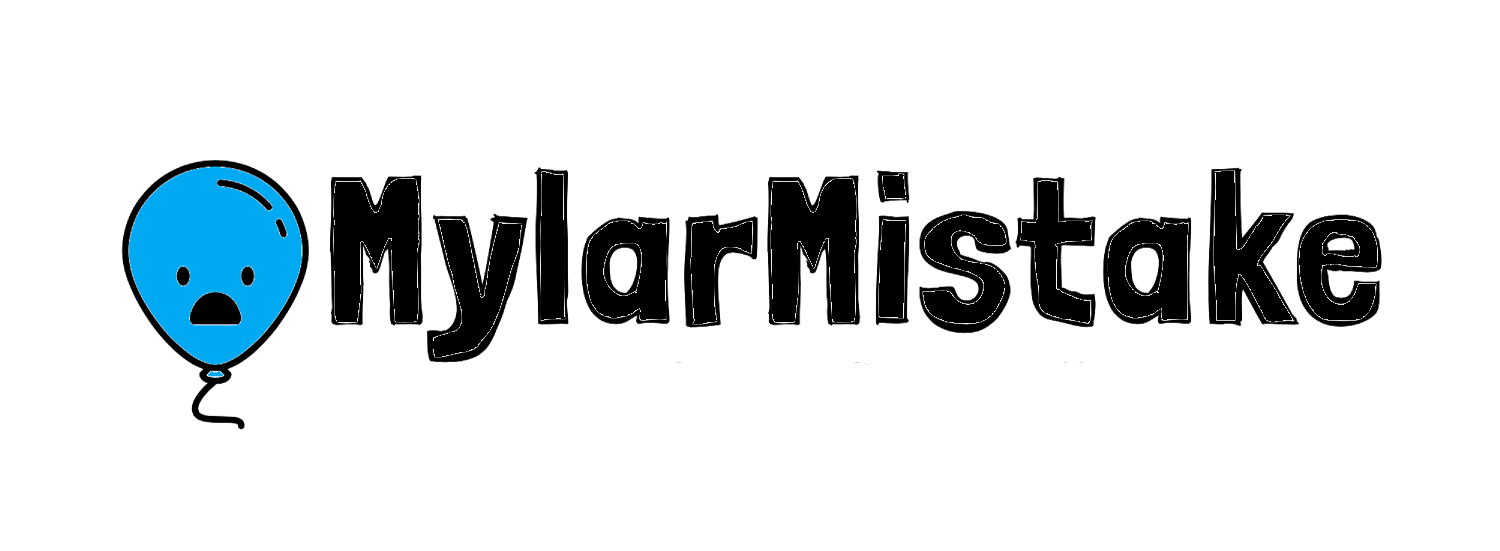What is Mylar?
My·lar | /ˈmī-ˌlär/
Likely you think of balloons when you hear the term “Mylar” – that’s only partly true. Read more about how Mylar is prolific in our daily lives–and you might not even realize it.

For years, the term “Mylar” has been mistakenly used as a generic term to describe a range of different plastic films.¹ However, Mylar® is actually the brand name for a thin plastic polyester film, known as BoPET (Biaxially oriented PET film). It has a multitude of uses in many industries – especially when it is layered with foil or “metalized” into multi-layered sheets. We encounter it every day, most commonly in the food and party industries.

In simple terms - Mylar or polyester film is just PLASTIC.
The reason why BoPET and Mylar are heavily used by companies is because they have very versatile properties:
Extremely strong
Great insulator
Conductor of electricity
Seals well and keeps its form
Reflective
Gas and odor barrier
Inexpensive to produce
“Mylar and other BoPET films are used to make flexible packaging and lids for the food industry, such as yogurt lids, roasting bags, and coffee foil pouches. BoPET is used to package comic books and for archival storage of documents. It’s used as a covering over paper and cloth to provide a shiny surface and protective coating. Mylar is used as an electrical and thermal insulator, reflective material, and decoration. It’s found in musical instruments, transparency film, and kites, among other items.”² Don’t forget that emergency “space blanket” when camping, that’s made of Mylar too!

Mylar is a material used in balloons. Mylar balloons typically last longer than latex balloons because by using a plastic polyester material, an airtight and nonporous environment is created so that the helium is unable to escape. Latex balloons are more flexible and thinner once inflated, but Mylar keeps its shape longer and can be formed into countless shapes. The polyester film of Mylar balloons can be covered in a thin, shiny metal such as aluminum. These reflective balloons are also called “foil balloons” because of their metal coating, and they are commonly sold at grocery stores.



Though Mylar and other plastic polyester films increase convenience by keeping our potato chips nice and fresh, or preventing our balloons from easily deflating, it comes at the expense of sustainability and our environment. It’s not easily recyclable and clutters our oceans and landfills. Click HERE to learn more about recycling Mylar.
¹https://www.grafixarts.com/faqs/what-is-mylar
²Helmenstine, Anne Marie, Ph.D. “What Is Mylar?” ThoughtCo, Feb. 11, 2020, thoughtco.com/mylar-polyester-film-608929.

